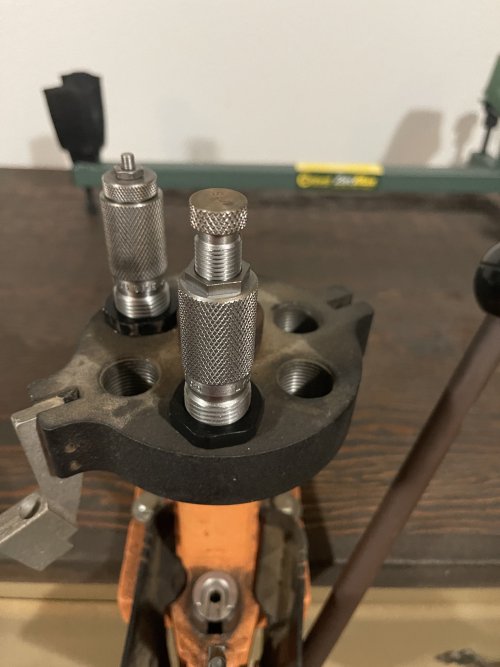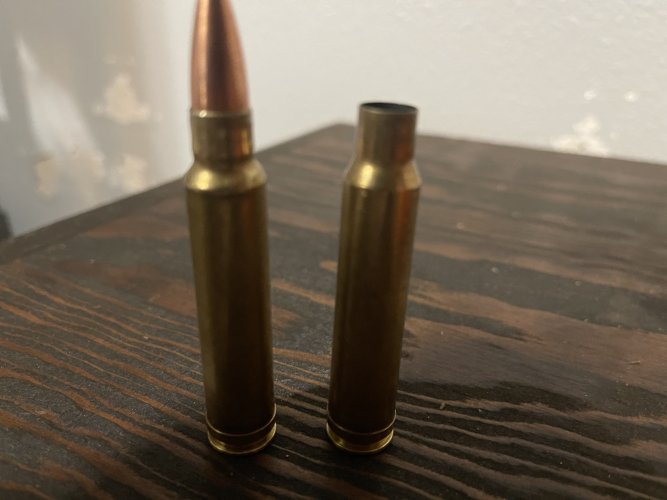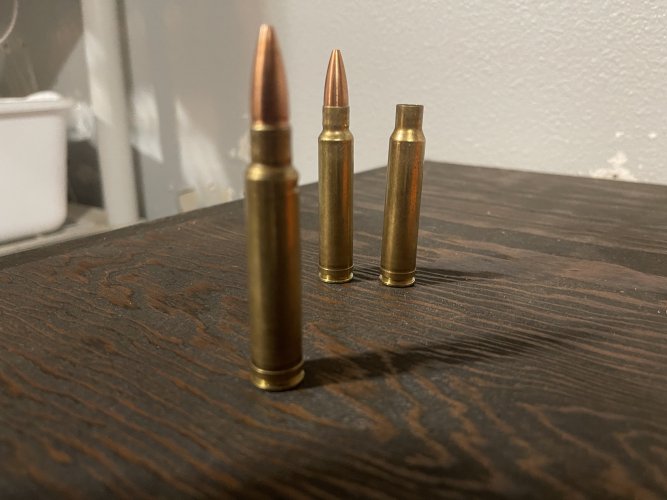pyrotechnic
Well-known member
Sounds like you are most likely contacting the case and pushing material around with your seating die as noted above.
Also regarding your FL seizing die setup. I haven't used Lyman dies, but the FL seizing dies I have used all came with instructions to screw down until contact with the shell holder and then another 1/8th turn. Now this will most likely size back down to minimum spec and you'll be working your brass more than necessary. But without a comparator gauge to measure how far you're actually bumping shoulders this is what I default to. That being said, if the Lyman dies have other instructions I'd would disregard the above.
Also regarding your FL seizing die setup. I haven't used Lyman dies, but the FL seizing dies I have used all came with instructions to screw down until contact with the shell holder and then another 1/8th turn. Now this will most likely size back down to minimum spec and you'll be working your brass more than necessary. But without a comparator gauge to measure how far you're actually bumping shoulders this is what I default to. That being said, if the Lyman dies have other instructions I'd would disregard the above.







